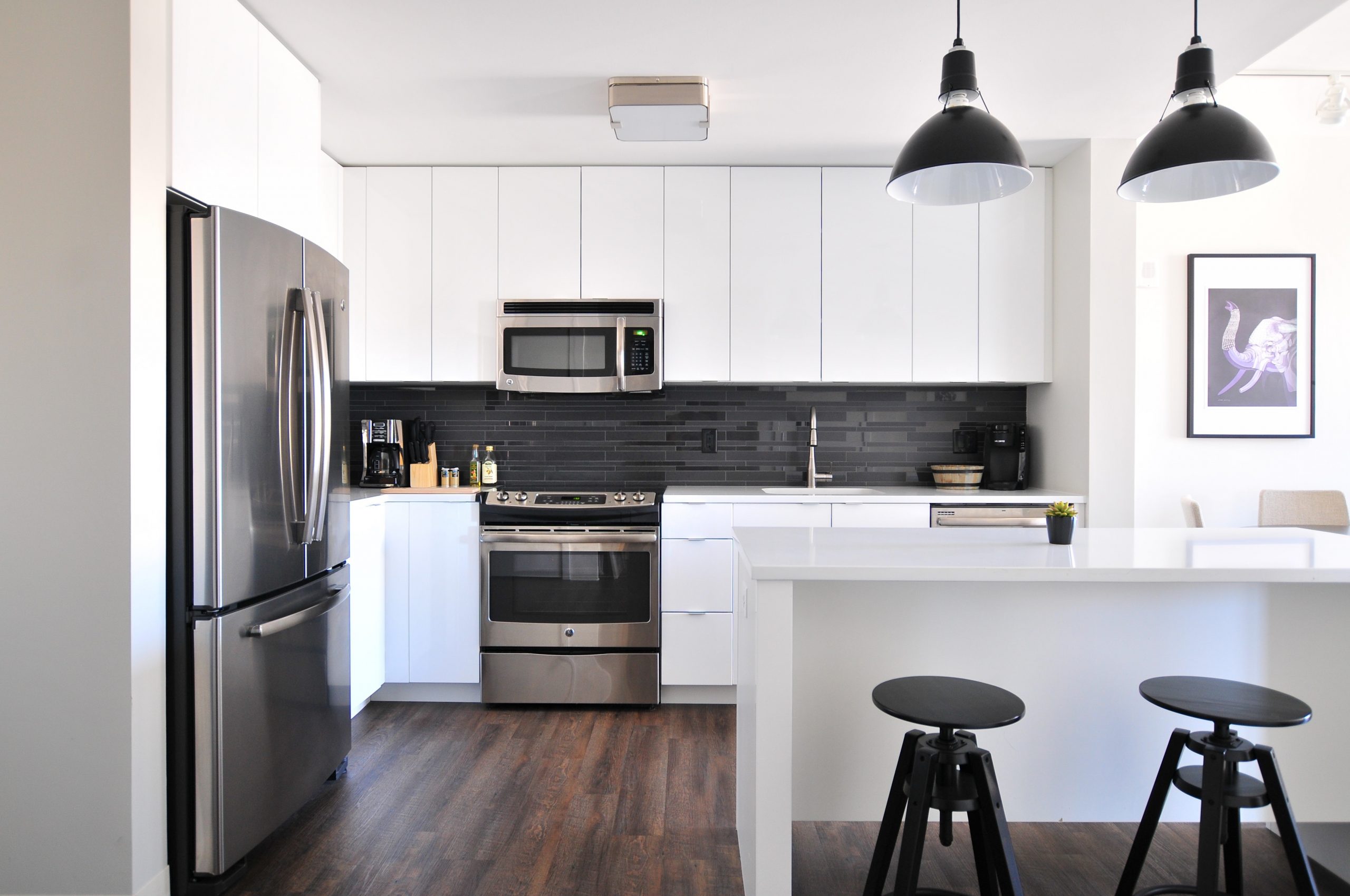Transform Your Garage into a Dream Space
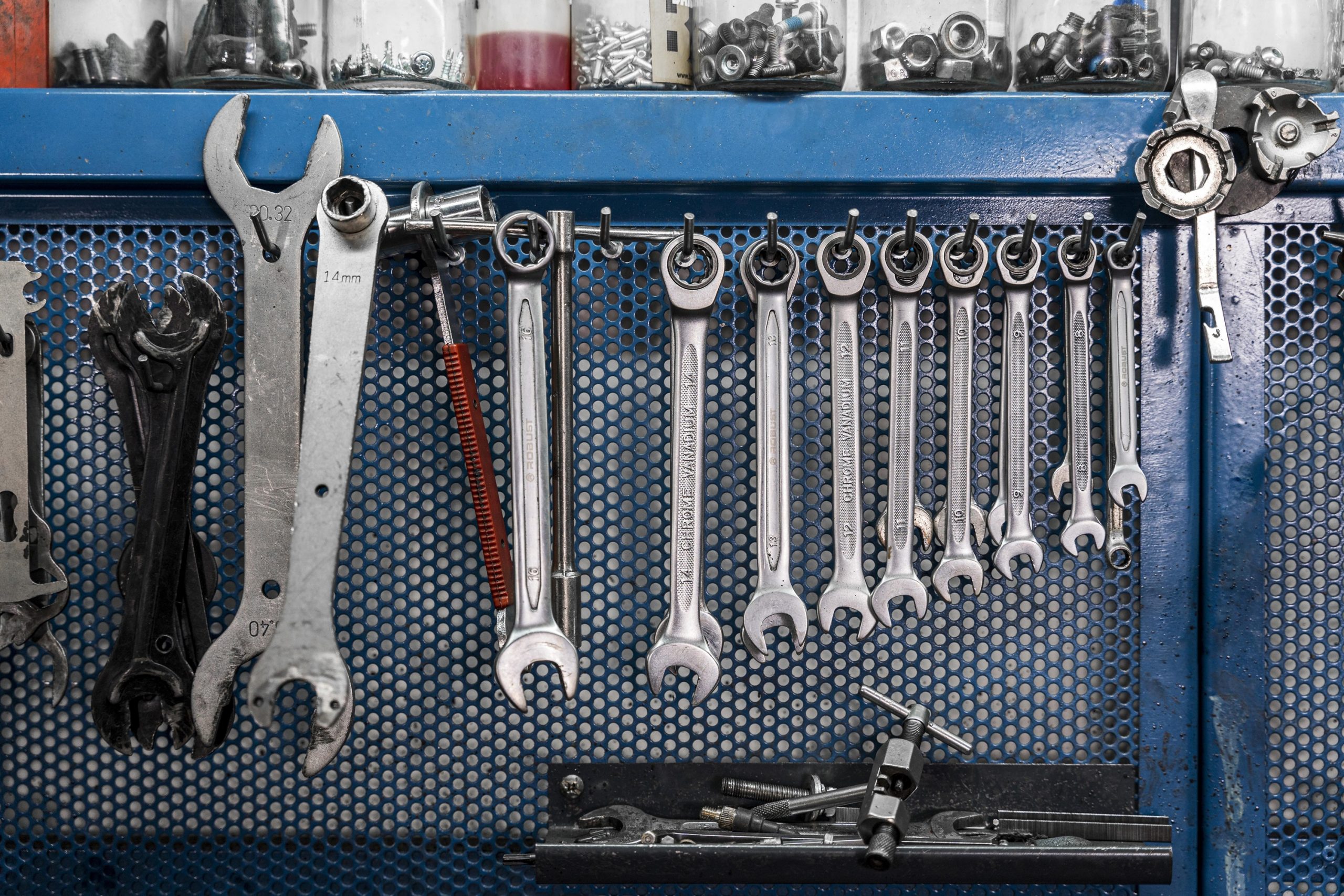
When it comes to selling your home, every space counts. Often overlooked, the garage can be pivotal in making a lasting impression on potential buyers. With the proper staging techniques, your garage can transform from a mere storage area into a key selling feature.
Why Staging Your Garage Matters
Staging your garage is crucial because it maximizes your home’s appeal. Buyers are looking for functional, clean, and organized spaces that reflect how meticulously the house is maintained. An unkempt garage can be a red flag, suggesting hidden maintenance issues. Conversely, a well-staged garage can elevate the perception of your home, proving that every inch is well cared for.
Clear Out the Clutter
The first step to staging your garage is decluttering. Begin by sorting items into three categories—keep, sell, and donate. Be ruthless in this process. The less clutter, the more spacious and inviting the garage will appear.
Once you’ve decluttered, focus on organizing what’s left. Use shelving units, pegboards, and storage bins to keep items off the floor. Shelving and bins create more space and provide a clean and organized look that appeals to buyers.
Store seasonal items like holiday decorations or sports equipment in clear bins. Label each bin clearly so buyers can see an organizational system in place. This simple step shows that your home has ample storage solutions.
Clean and Refresh
A clean garage is non-negotiable. Sweep the floors, remove cobwebs, and dust off shelves. Consider power washing the floors and walls to remove stubborn stains. A clean environment is always more welcoming.
If your garage walls look tired, a fresh coat of paint can do wonders. Opt for a neutral color that brightens the space. Light gray or off-white create a clean, modern look.
Inspect the garage for minor repairs. Fix any cracks, replace burnt-out light bulbs, and ensure the garage door operates smoothly. These small fixes can make a significant difference in the overall presentation.
Optimize Lighting
Maximize natural light by cleaning windows and removing any obstructions. Natural light can make the garage feel bigger and more inviting. If privacy is a concern, consider using frosted window films.
In addition to natural light, make sure artificial lighting is adequate. Replace old light fixtures with bright, energy-efficient LED lights. Proper lighting can transform a dull garage into a bright, functional space.
Consider adding task lighting in specific areas, especially if you have a workbench or tool area. This will not only highlight the garage’s functionality but also make it more appealing to hobbyists and DIY enthusiasts.
Showcase Functionality
Demonstrate how the garage can serve multiple functions. Set up a small workshop area or a neat gardening corner. This will show buyers the space’s versatility and how it can meet various needs.
Highlight the storage solutions you’ve implemented. Wall-mounted shelves, ceiling storage, and custom cabinets can all be selling points. Buyers love seeing ample space to store their belongings neatly.
Ensure there’s clear space for vehicles. Even if you use your garage primarily for storage, buyers need to see that it can accommodate cars. Focusing on parking is crucial for buyers who value protected parking.
Highlight Energy Efficiency
If your garage is well-insulated, make a note of it. Good insulation can be a selling point, especially in areas with extreme temperatures. Additionally, ensure the garage is well-ventilated to prevent moisture buildup and odors.
If you’ve incorporated any smart technology, such as automated garage door openers or energy-efficient lighting systems, highlight these features. They can add significant value and appeal to tech-savvy buyers.
Create Visual Appeal
Investing in good flooring can elevate the garage’s look. Consider epoxy coatings, interlocking tiles, or even simple rubber mats. A polished floor not only looks good but is also easier to maintain.
If you have a tool station, ensure it is well-organized. Use pegboards, tool chests, and magnetic strips to keep everything in place. A tidy tool station can demonstrate the garage’s practical use.
Appeal to Hobbyists
Showcasing a workshop space can be a big draw for potential buyers who are hobbyists. Set up a small woodworking or crafting area to highlight the garage’s potential as a creative workspace.
If you have sports equipment, organize it neatly. Use racks for bicycles, skis, or golf clubs. This can appeal to buyers into sports and outdoor activities, showing them how the garage can accommodate their lifestyle.
A spotless garage with ample space for vehicles can be very appealing to car enthusiasts. Highlight any car-related features, like a vehicle lift or specialized storage for car maintenance tools.
Utilize Vertical Space
Install shelving units to make the most of vertical space. This keeps the floor clear and creates more storage options. High shelves can be used for items that are not frequently accessed.
Overhead storage racks are perfect for large, bulky items like kayaks, camping gear, or seasonal decorations. They maximize the use of space and keep the floor area open and uncluttered.
Use wall hooks and pegboards for smaller items. This keeps tools, garden equipment, and other essentials within easy reach while maintaining an organized appearance.
Promote Usability
Ensure there are clear pathways throughout the garage. This makes the space more navigable and user-friendly. Buyers need to see that the garage is functional and easy to move around in.
If you have a workstation, make sure it is tidy and well-lit. This shows that the garage can be a productive space for various projects, adding to its appeal.
Staging your garage is an investment that can pay off significantly when selling your home. A clean, organized, and functional garage adds to the overall appeal and shows potential buyers that your home is well-maintained. By following these tips, you can transform your garage into a key selling feature that attracts buyers and helps you achieve a successful sale. If you are ready to sell, give me a call, I can give you more information to help you prepare your home for sale. Trent Beaver (928) 916-1921
Save Money on Homeowners Insurance
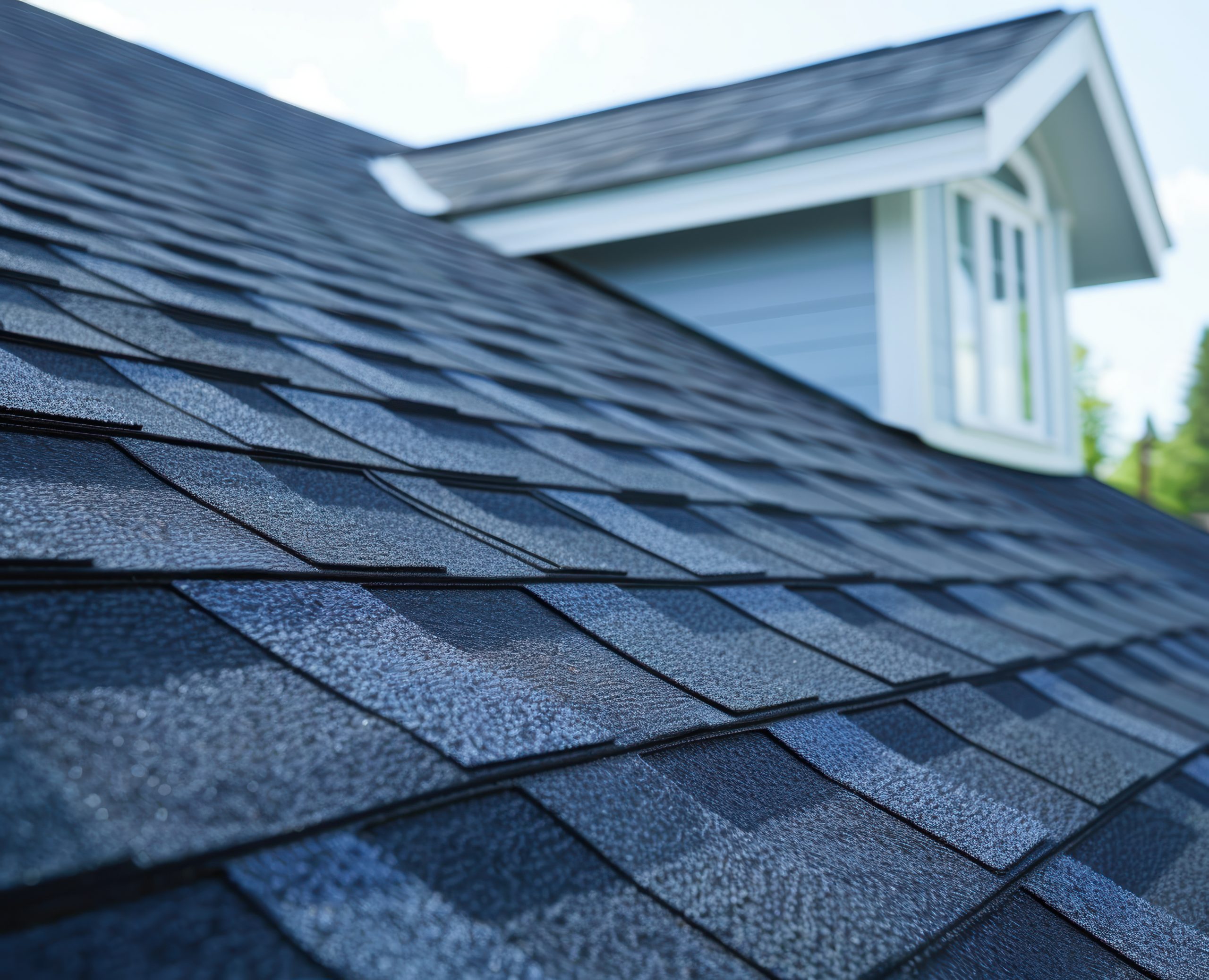
Homeownership comes with many rewards and responsibilities. One significant responsibility is ensuring adequate insurance to protect your home and belongings. While homeowners’ insurance is essential, it doesn’t have to break the bank. This guide will help you discover practical ways to save money on your homeowner’s insurance without compromising coverage.
Understand Your Policy
First, take the time to understand your current policy. Many homeowners need to be aware of what their policy covers and doesn’t. Understanding the details can help you identify unnecessary coverage you might be paying for.
Shop Around
Insurance rates vary from one company to another. Shopping around and comparing quotes from different insurers can save you hundreds of dollars. Use online tools and resources to compare rates and find the best deal.
Bundle Policies
Many insurance companies offer discounts if you bundle multiple policies together. To take advantage of these discounts, consider getting your homeowners insurance from the same company that provides your auto or life insurance.
Increase Your Deductible
A higher deductible means lower monthly premiums. If you can afford to pay a higher deductible in the event of a claim, this can significantly reduce your insurance costs. Just make sure to set aside enough savings to cover the deductible should you need to file a claim.
Improve Home Security
Installing security systems like burglar alarms, smoke detectors, and deadbolt locks can reduce insurance premiums. Many insurance companies offer discounts for homes with enhanced security features.
Maintain a Good Credit Score
Insurance companies often use credit scores to determine premiums. A higher credit score can result in lower insurance costs. Paying bills on time, reducing debt, and regularly checking your credit report can help improve your credit score.
Review Coverage Limits
Ensure you’re not over-insured. Review your policy’s coverage limits and make adjustments based on the current value of your home and belongings. This can help eliminate unnecessary coverage and lower your premiums.
Ask for Discounts
Be bold and ask your insurance provider about available discounts. Some standard discounts include loyalty discounts, senior citizen discounts, and discounts for being claim-free for a certain period.
Maintain Your Home
Regular home maintenance can prevent damage and reduce the likelihood of filing a claim. Fixing leaks, replacing old wiring, and maintaining your roof can keep your home in good condition and lower your insurance rates.
Avoid Small Claims
Filing small claims can increase your premiums. Consider paying for minor repairs out of pocket to avoid a hike in your insurance rates. Keeping a clean claims history can lead to discounts over time.
Update Your Policy Annually
Review and update your insurance policy annually to ensure it still meets your needs. Life changes such as renovations, the addition of a home office, or purchasing expensive items can affect your coverage needs and premiums.
Invest in Disaster-Proofing
Making your home more resistant to natural disasters can lower your premiums. Consider investing in storm shutters, reinforcing your roof, and securing your home’s foundation. Many insurers provide discounts for homes that are better prepared for natural disasters.
Take Advantage of Loyalty Programs
You might qualify for loyalty discounts if you’ve been with the same insurance company for several years. Check with your provider to determine your eligibility for long-term customer benefits.
Join a Homeowners Association
Some homeowners’ associations offer group insurance plans at discounted rates. Check if your local association provides such benefits and consider joining to take advantage of lower premiums.
Call Me For More Information
Saving money on homeowners insurance doesn’t have to be a daunting task. By understanding your policy, shopping around, maintaining your home, and taking advantage of available discounts, you can significantly reduce your insurance costs while protecting your home and belongings.
Take the first step by reviewing your policy today and exploring these money-saving tips. For more personalized advice, consider booking a consultation with a professional who can guide you through the process and help you achieve the best possible savings.
Factoring in insurance costs is essential to determining how much home you can afford. For more information on how different types of homes can have different insurance costs, talk to me today: (928) 916-1921
The Top 6 Spots Where Mold Makes its Home
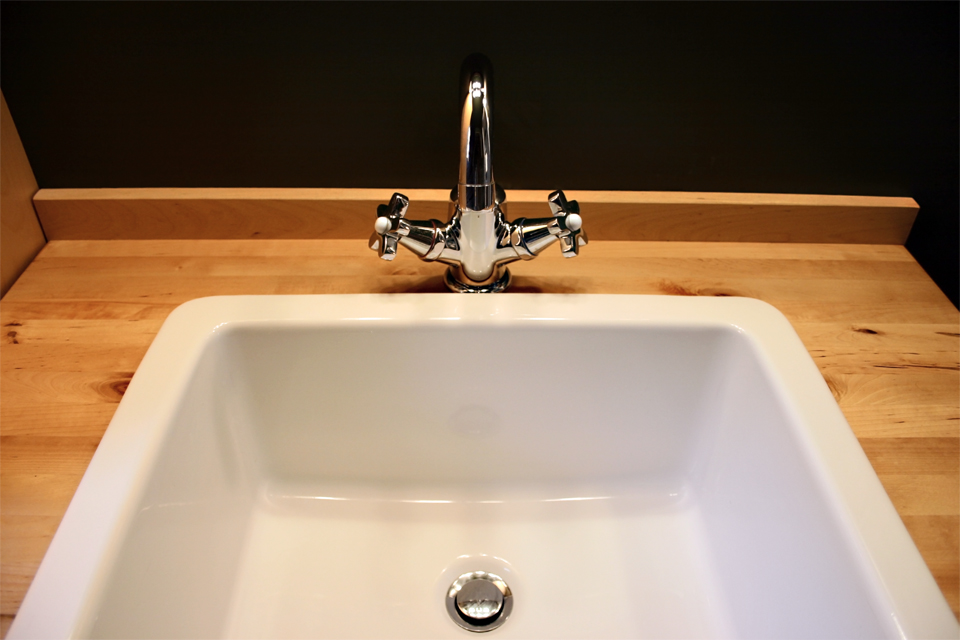
Imagine walking into your home and taking a deep breath of fresh, clean air. It’s comforting, right? But what if that fresh air hides a silent invader that could harm your health and home? We’re talking about mold. For many homeowners, mold is a hidden menace lurking in places they least expect. This blog post will uncover the top six spots mold loves to hide in your home. We’ll provide practical tips on identifying and eliminating mold, ensuring your home remains a safe haven.
What is Mold?
Mold is a type of fungus that thrives in damp, warm environments. It reproduces through tiny spores that float through the air and can settle anywhere. While mold is essential in breaking down organic materials in nature, it becomes a problem when it starts growing indoors. Mold can cause various health issues, including allergies, respiratory problems, and skin irritations. Understanding mold and its behavior is the first step in preventing its growth in your home.
Why Mold Loves Homes
Mold finds homes irresistible due to abundant organic materials and moisture sources. It can grow on wood, paper, carpet, food, and insulation. Homes provide a perfect breeding ground for mold, especially in areas with poor ventilation. Additionally, everyday activities like cooking, bathing, and laundry contribute to higher moisture levels, making it easier for mold to thrive. By understanding why mold loves homes, you can take proactive steps to reduce its chances of settling in.
The Health Risks of Mold
Mold exposure can cause various health issues, particularly for individuals with allergies, asthma, or weakened immune systems. Common symptoms include sneezing, coughing, eye irritation, and skin rashes. In severe cases, mold exposure can lead to more serious respiratory problems and infections. Homeowners must know these risks and immediately act if they suspect mold growth. Protecting your health and the health of your loved ones should always be a top priority.
Identifying Mold in Your Home
Identifying mold early can save you from costly repairs and potential health hazards. Mold often appears as black, green, or white spots and can have a musty odor. It thrives in areas with high humidity, such as bathrooms, kitchens, basements, and attics. Regular inspections and being mindful of changes in your home’s appearance or smell can help you catch mold early. It’s always best to consult a professional for an accurate assessment if you need clarification on whether you’re dealing with mold.
To be a mold detective, you must know the top six spots mold makes its home. Check this list to see places you may have missed:
- The Bathroom. Yes, it’s the most common, but are you checking all the spots in the bathroom? Toilet seals, wet walls, shower curtains, and beneath sinks are well-known spots, but it’s the shower where things can get grimy. To keep mold from penetrating the tiles, you must ensure your caulking and grout are in good shape. Otherwise, water can seep in and make a new home for mold.
- The Kitchen. Monthly, check under the sink, behind the fridge, and around the dishwasher. A quiet leak in any of these areas will increase the odds of a mold problem.
- The Basement or Crawlspace. Darkness? Check. Proximity to the earth? Check. Are they hidden from view? You betcha. If basements flood or older homes have poor drainage and ventilation of the crawlspace, mold can take hold.
- The Windows. As temperatures fluctuate, condensation can build up here, and spores hanging around can gradually take hold and bloom into a black, spotty mess. This is especially true if the windows are shaded or routinely covered by curtains.
- The Drywall. Here’s a hidden killer in the mold battle. Water can promote mold growth when it gets into the materials that make up drywall. To cure this problem, you often have to remove considerable sections of drywall to identify and remove the mold. Your nose is your best guide here.
- The Carpet. Much like drywall, carpet can hold mold and need to be replaced. The underside of the carpet hides much of the visible mold, and the culprits contributing to the cause include flooding, moisture from concrete foundations, or spills.
I enjoy every aspect of helping individuals buy and sell homes, even if it is dealing with mold! If you have questions or are ready to move, contact me at (928) 916-1921.
Trent Beaver
(928) 916-1921
Experience the Ultimate Camping Adventure: Top Items to Pack for Success

Camping is one of the most enriching ways to connect with nature, unwind from the daily grind, and create lasting memories. However, preparation is key to ensuring your adventure is not only enjoyable but also stress-free. In this guide, we’ll explore the best ways to maximize your camping experience by being well-prepared and packing the right essentials. Whether you’re a seasoned camper or a newbie on your first trip, these tips will set you up for success.
The Importance of Planning Ahead
Understanding the Camping Destination
Before embarking on your camping trip, research your destination thoroughly. Knowing the terrain, weather conditions, and available amenities will help you pack appropriately and anticipate potential challenges. For instance, some campgrounds offer facilities like restrooms and water sources, while others may require you to be entirely self-sufficient.
Securing Reservations Early
Popular camping spots can fill up quickly, especially during peak seasons. Secure your campsite reservation well in advance to guarantee your spot. This step not only ensures you have a place to stay but also allows you to select a site that meets your preferences (e.g., proximity to water, shade, etc.).
Top Things to Pack Camping
1. Cooking gear and food
Cooking up a delicious meal outdoors can be a highlight of your camping experience, but you need to pack your kitchen essentials. Some necessary items include a portable stove, fuel, pots, pans, utensils, and a cooler. Also, remember to pack enough food, snacks, and drinks to last the trip. TIP: If you don’t have running water, fill a spray bottle with water and a squirt of dish soap to wash your dishes.
2. Lighting equipment
Once the sun goes down, you’ll need a reliable light source to help you navigate your campsite and avoid tripping over roots or rocks. Pack a lantern, headlamp, or flashlight, and bring extra batteries to keep your light sources up and running. TIP:
Charge a solar motion detector light during the day and place in front of your door; as you approach, the light will turn on.
3. First Aid Kit
Even if you’re not prone to accidents, a first aid kit is essential for emergencies. Your kit should include band-aids, antiseptic wipes, gauze, pain relievers, and prescription medications. Consider if it is allergy season and pack your allergy medicine, Aloe/After Sun if you are going to be in the sun, and muscle rub if you are going to be doing strenuous activities.
4. Maps and compass
While smartphones can provide GPS navigation, they are sometimes unreliable in remote locations. Before you hit the trails, grab a map and compass and learn how to use them.
5. Insect Repellent
Don’t let bugs ruin your camping trip. Insect repellent is a must to keep mosquitoes, ticks, and other biting insects at bay. Pack some anti-itch cream for any bites you may endure.
6. Portable Power Bank
Even if you’re camping to escape everyday life, you might still need to charge your phone or camera. Pack a portable power bank and ensure it is fully charged before leaving.
7. Entertainment options
While camping is all about enjoying nature, there will be times when you need to relax at your campsite. Pack books, games, a deck of cards, or a guitar to keep yourself entertained while you take a break.
Preparing for your camping trip with the right gear and equipment is essential to ensuring a successful, enjoyable experience. The list of items to pack for your camping trip may seem endless, but focusing on the above should set you on the right path. Remember, the key to a successful camping trip is preparation. With the right mindset and thorough planning, you can embrace the beauty of nature and enjoy every moment of your adventure. Happy camping!
Trent Beaver
(928) 916-1921
Reality TV Home Makeover Myths

Real Estate Reality TV shows have been a staple on our TV screens for years. Have you ever been flipping through the channels, only to be glued to the couch in an HGTV binge session? We’ve all been there, watching entire seasons of shows like “Property Brothers,” “Fixer Upper,” and “Love It or List It,” all in one sitting. However, as much as we love these shows, several misconceptions and myths surround them. This blog post will debunk some common myths about real estate reality television shows.
Myth #1: The renovation is completed in a day or two.
While shows may showcase the renovation process in a short time frame, the actual renovation may take weeks, or even months, to complete.
Myth #2: Everything is perfect after the renovation.
After watching a home makeover show, one may believe everything is perfect after the renovation. However, this is only sometimes the case. Sometimes, homeowners may find that the design or furniture showcased on the show may need to be more practical and functional in real life. Additionally, given the quick turnaround time for the renovation, quality may be compromised, leading to future issues.
Myth #3: Buyers look at 3 homes and decide to purchase one of them.
Some buyers may fall in love and buy the first home they see, but according to the National Association of Realtors, the average homebuyer tours 10 homes as a part of their search.
Myth #4: The houses the buyers are touring are still for sale.
Everything is staged for TV. Many of the homes shown are already sold and are off the market.
Myth #5: The buyers haven’t made a purchase decision yet.
Since the entire buying process cannot be shown in a 30-minute show, TV producers often choose buyers who are further along and have already selected a home to buy.
Myth #6: If you list your home for sale, it will ALWAYS sell at the open house.
Of course, this would be great! Open houses are essential to guarantee the most exposure to buyers in your area, but they are only one piece of the overall marketing of your home. Keep in mind many houses are sold during regular showing appointments as well.
Reality television shows have captivated audiences for years, but several myths need debunking. Having an experienced professional on your side while navigating the real estate market is the best way to guarantee you can make the home of your dreams an actual reality.
Trent Beaver
(928) 916-1921
When It Is Cold Outside, Play Inside

Espire Sports Open in Prescott
When the weather is too cold to have fun outside, don’t worry, you can still play inside! Espire Sports is a one-of-a-kind indoor/outdoor sports complex in the Pine Ridge Mall (previously known as the Prescott Gateway Mall).
The former Sears building at Mall off Highway 69 now has an over 100,000 square feet sports complex complete with pickleball, sports, fitness, and wellness opportunities.
You can read more information on the facility, classes, and membership prices at EspireSports.com. The facility is truly a unique complex that will benefit people of all ages in the Prescott area.
Types of Activities at Espire Sports
At Espire Sports, you will find Indoor pickleball, a multi-purpose sports court, yard games, arcade, bocce ball, cornhole, ping-pong, billiards, a fitness center with rooms for yoga, aerobics, or Pilates, golf simulators, a 9-hole putting green, pro-shop, cafe, and juice bar. There are also locker rooms with showers.
Pickle Ball Courts
The complex has 18 indoor and 12 outdoor pickleball courts with a pro-regulation outdoor acrylic surface where you can use any outdoor pickleball. The ceiling height is 20′, allowing players to execute the perfect lob.
What is Pickle Ball
According to USAPickleBall.org, Pickleball was invented in 1965 on Bainbridge Island, a short ferry ride from Seattle, Washington. Three dads – Joel Pritchard, Bill Bell, and Barney McCallum — whose kids were bored with their usual summertime activities — are credited for creating a game. Pickleball has evolved from original handmade equipment and simple rules into a popular sport throughout the US and Canada. The game is also growing internationally, with many European and Asian countries adding courts.
Pickleball is a paddle sport that combines tennis, ping-pong, and badminton elements. It is played on a court that is roughly half the size of a tennis court. Players use “paddles” to strike the ball. The pickleball itself is similar to a wiffle ball.
Prices
Espire Sports has memberships for those who want to utilize the facility regularly and a drop-in day pass for those just coming short term to experience this incredible complex. Membership Information
Refreshments
Enjoy refreshments before and after play at the THIRD SHOT refreshments bar. The bar includes juice, smoothies, acai bowls, organic coffees, lite fare, and healthy snacks.
About Prescott, Arizona
In Prescott, Arizona, you will find countless activities, including horseback riding, golfing, kayaking, fishing, hiking, camping, mountain biking, local breweries, restaurants, and shopping. In addition to the hometown feel, these activities keep Prescott visitors, young and old, returning year after year.
Once the state’s territorial capital, Prescott, Arizona, is rich with history embodied in its world-famous Whiskey Row, the historic courthouse, and numerous historical landmarks. Whether you’re seeking to relax in a natural environment filled with beauty and wildlife or the history of “Everybody’s Hometown,” you will find something that will interest you. Visit the official Prescott, Arizona, website to learn more by clicking here.
Located in the Bradshaw Mountains, Prescott sits at an altitude of 5,400 feet. The average high temperature in the winter in Prescott is around 52 degrees and averages 89 in the summer. There are approximately 46,000 people in Prescott, but the surrounding “Quad-City” area of Dewey-Humboldt, Chino Valley, and Prescott Valley and the smaller towns of Mayer, Paulden, and Wilhoit, comprise around 119,000 people.
>>See Homes for Sale in Prescott
7 Embarrassing Home Staging Mistakes That Can Hurt Your Home’s Value
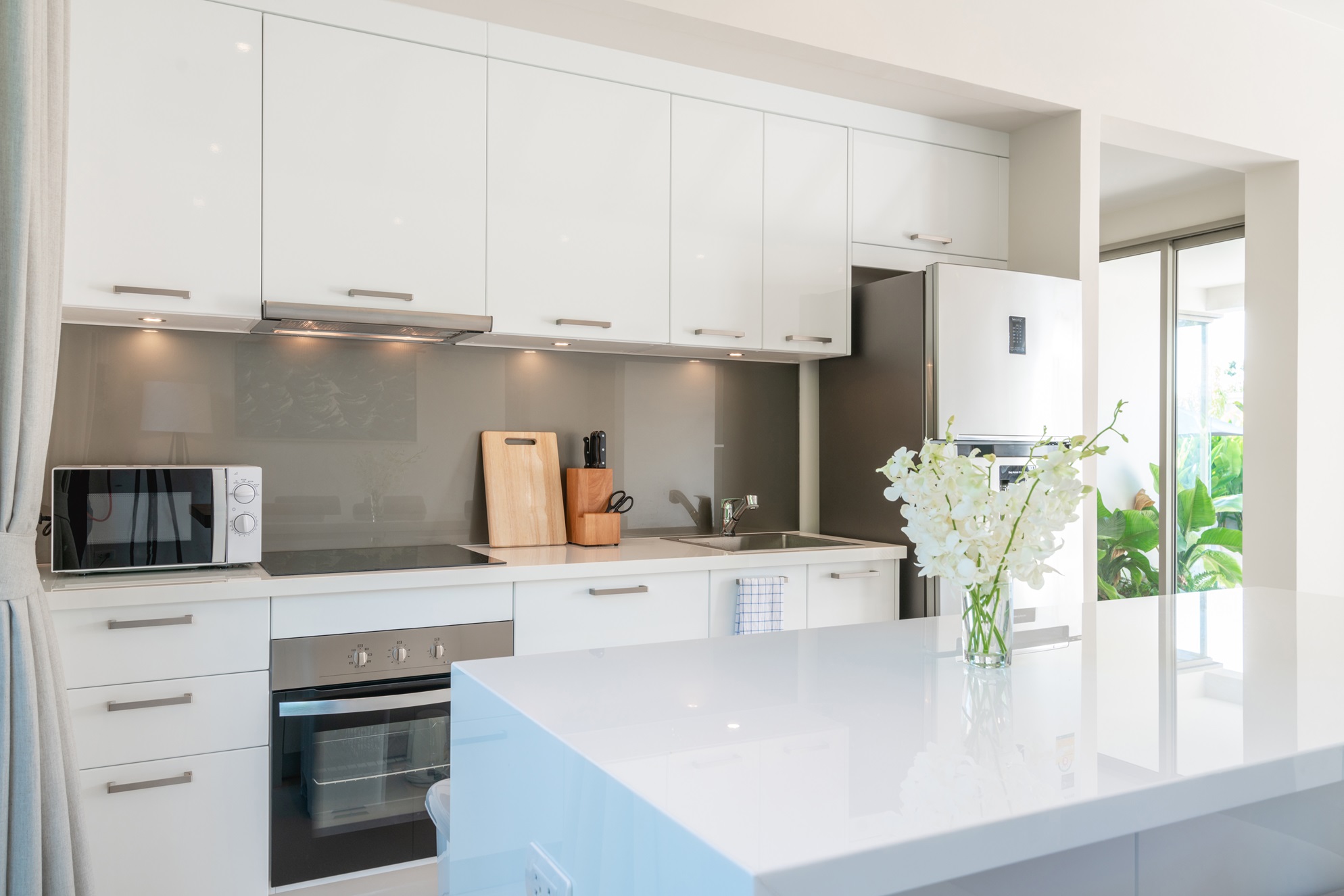
When you’re staging your home to sell, you want to do everything possible to make it look its best. But sometimes, good intentions can lead to embarrassing mistakes that could hurt your home’s value.
Here are seven of the most common home staging mistakes to avoid:
1. Personal Photos Mementos
You may love your family photos and cherished mementos, but potential buyers don’t want to see them. They want to imagine their own family in the home, not yours. So pack up those personal items before staging your home.
2. Too Much Furniture
Too much furniture in a room can make it feel small and cramped. Reduce your furniture to the essentials and arrange it to make the space feel open and inviting.
3. Poor Lighting
Good lighting is essential in any room, but it’s critical when staging a home for sale. Poor lighting can make a space feel dark and uninviting, so open up the curtains and turn on all the lights before potential buyers come through.
4. Messy Kitchens and Bathrooms
Your kitchen and bathroom are two of the most essential rooms in your home, so they must be spotless when you’re staging them. Clear off countertops, wash dishes, and declutter cabinets or drawers. In the bathroom, hide personal items and ensure clean and clear counters.
5. Unmade Beds
An unmade bed can make a bedroom look messy and uninviting. Be sure to straighten the sheets and plump the pillows before potential buyers arrive.
6. Pets and Pet Messes
Pets can be a turnoff for some potential buyers, so removing them from the home during showings is best. If that’s impossible, put away any pet toys, food, and water dishes. And always clean up any pet messes before potential buyers come through.
7. Personal Items in Plain Sight
You may think your home is clean, but if personal items like mail or bills are in plain sight, potential buyers will think you need to keep up with the housework. Be sure to put away any personal items before staging your home.
Avoiding these seven embarrassing mistakes will go a long way toward helping you stage your home successfully and sell it for the best price possible.
Call me, I can help you sell your home!
Trent Beaver (928) 916-1921


 Facebook
Facebook
 X
X
 Pinterest
Pinterest
 Copy Link
Copy Link
